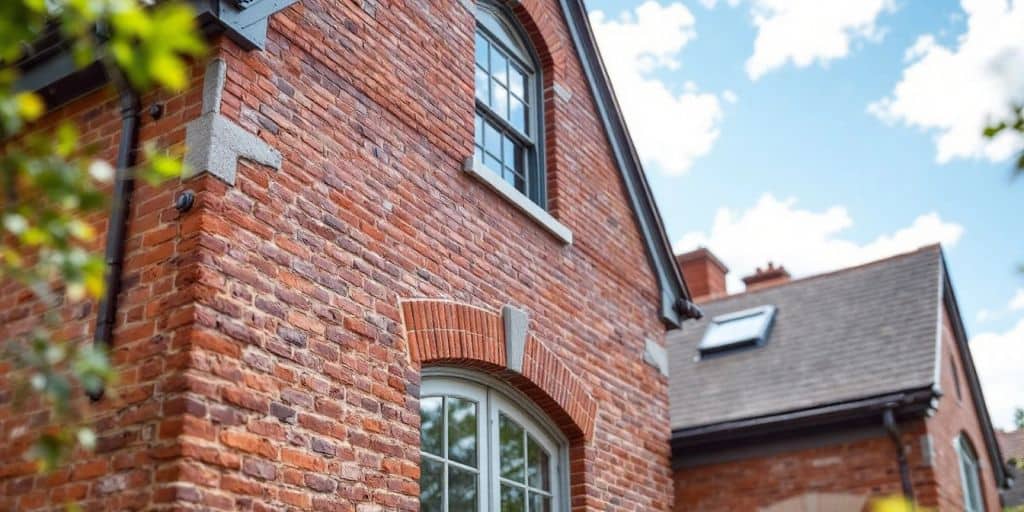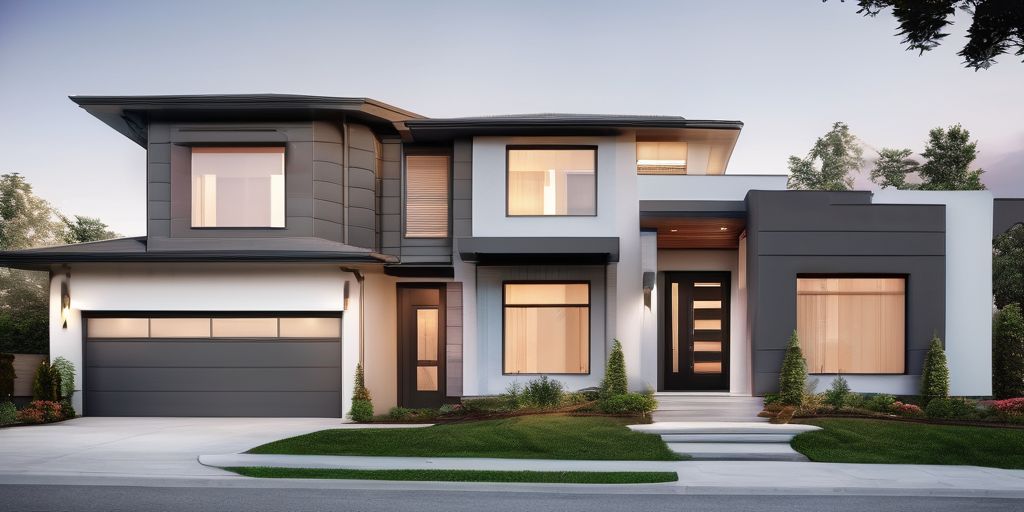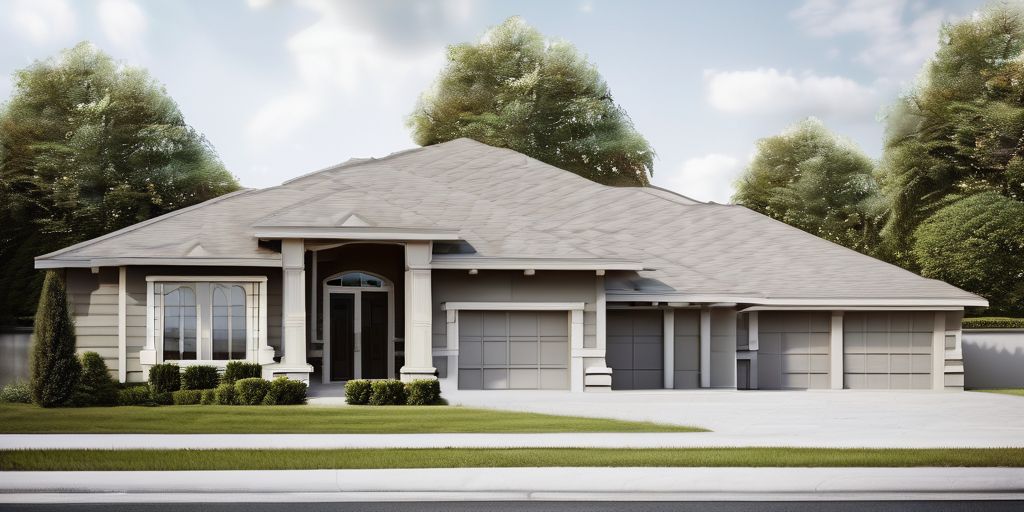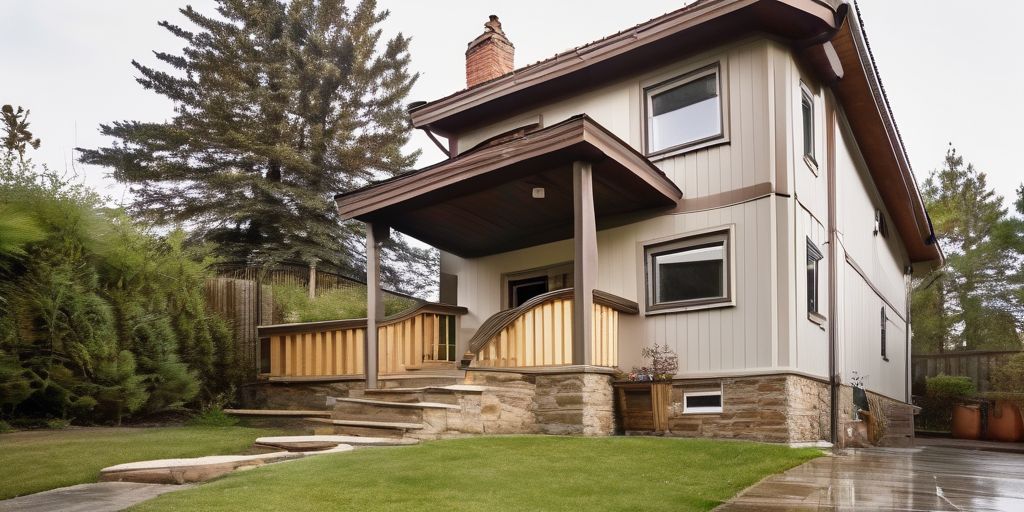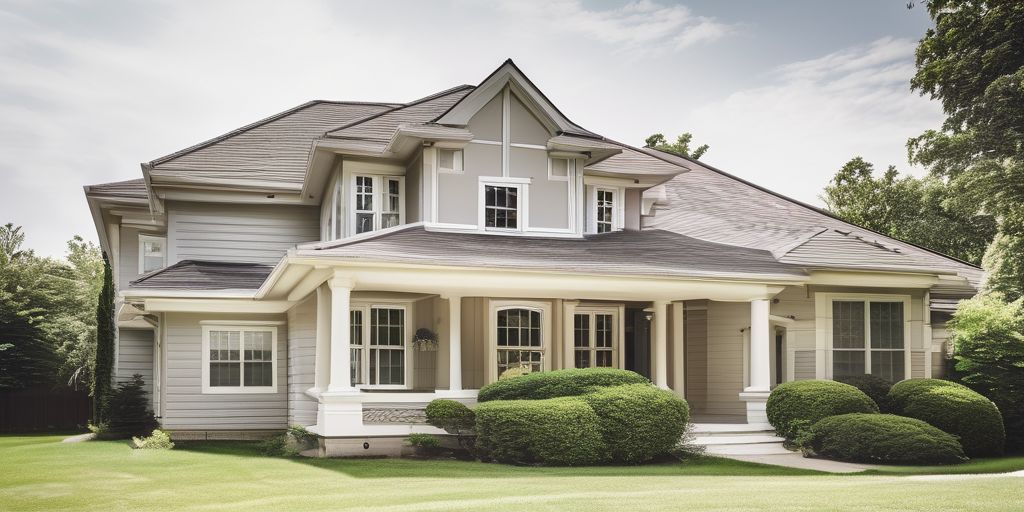Painting brick in Brantford is not just about choosing a color; it’s about understanding how the changing seasons can affect your work. Each season brings different challenges, from the hot summer sun to the cold winter chill. This guide will help you navigate these seasonal variations, so your brick painting project remains beautiful and durable throughout the year.
Key Takeaways
- Seasonal changes greatly affect the success of brick painting projects.
- Summer heat can cause paint to dry too quickly, leading to cracks.
- Winter cold can make it hard for paint to stick, so timing is key.
- Choosing the right paint for each season helps ensure lasting results.
- Regular maintenance can protect your painted brick from seasonal wear.
Understanding Seasonal Challenges in Brick Painting
Impact of Summer Heat on Brick Paint
In Brantford, summer heat can be a significant challenge for brick painting. High temperatures can cause paint to dry too quickly, leading to issues like cracking and peeling. Here are some tips to manage summer heat:
- Choose cooler times of the day for painting, such as early morning or late afternoon.
- Use heat-resistant paints designed to withstand high temperatures.
- Ensure proper ventilation to help the paint cure effectively.
Dealing with Winter Cold in Brick Painting
Winter presents its own set of challenges. Cold temperatures can cause paint to freeze, which may lead to bubbling and peeling. To combat winter conditions:
- Always check that the brick is completely dry before painting.
- Use moisture-resistant paints to protect against dampness.
- Consider waiting for a milder day to ensure better adhesion.
Spring and Fall: Ideal Seasons for Brick Painting
The best times for painting brick in Brantford are during spring and fall. These seasons offer mild temperatures and lower humidity, making them ideal for painting. Key points include:
- Temperatures between 50°F and 85°F are optimal for paint application.
- Low humidity levels help the paint to adhere better and dry evenly.
- Overcast days can prevent direct sunlight from affecting the paint’s drying process.
By understanding the impact of seasonal changes, homeowners can better prepare for successful brick painting projects.
Choosing the Right Paint for Seasonal Variations
When it comes to painting brick, selecting the right paint is crucial for ensuring durability and aesthetic appeal throughout the seasons. Understanding the specific needs of your brick during different weather conditions can make a significant difference. Here are some key considerations:
Heat-Resistant Paints for Summer
- Choose paints that can withstand high temperatures to prevent cracking and peeling.
- Look for UV-resistant options to protect against sun damage.
- Consider lighter colors that reflect heat, helping to keep your home cooler.
Moisture-Resistant Paints for Winter
- Select paints designed to resist moisture, which can help prevent bubbling and peeling.
- Ensure the paint is suitable for cold temperatures to avoid freezing issues.
- Use paints with a flexible finish to accommodate the expansion and contraction of brick during temperature changes.
Eco-Friendly Paint Options for All Seasons
- Opt for low VOC (volatile organic compounds) paints to minimize environmental impact.
- Look for paints made from natural ingredients, which are safer for both your health and the environment.
- Consider sustainable production methods when choosing your paint to support eco-friendly practices.
Remember, the right paint not only enhances the beauty of your home but also protects it from the elements, ensuring it remains a charming part of Brantford’s landscape for years to come.
Preparation Techniques for Seasonal Brick Painting
Cleaning and Priming for Summer Painting
To ensure a successful painting job during the summer, proper preparation is key. Here are some steps to follow:
- Thoroughly clean the brick surface to remove dirt and mildew. This helps the paint adhere better.
- Use a water-based primer designed for masonry to seal the brick’s pores. This step is crucial for a smooth finish.
- Apply the primer with a roller, making sure to get into all the nooks and crannies of the brick.
Protecting Brick Surfaces in Winter
Winter can be harsh on painted surfaces. To protect your brick:
- Inspect for cracks and repair them before the cold sets in. This prevents moisture from seeping in.
- Use a moisture-resistant paint to guard against the effects of snow and ice.
- Cover the painted areas with tarps during heavy snow to prevent damage.
Seasonal Maintenance Tips for Painted Brick
Maintaining your painted brick throughout the year is essential. Here are some tips:
- Routine inspections: Check for signs of wear, such as peeling or fading, especially after seasonal changes.
- Touch-ups: Use high-grade acrylic latex paint for any touch-ups needed.
- Long-term care: Clean the brick regularly to keep it looking fresh and vibrant.
By understanding the impact of weathering and taking proactive steps, homeowners can preserve the aesthetic appeal and structural integrity of their painted brick homes.
In Brantford, where the weather can change rapidly, these preparation techniques can help ensure your brick painting project is a success, regardless of the season.
Best Practices for Painting Brick in Brantford’s Climate
Timing Your Painting Project
- Choose the right season: Spring and fall are ideal for painting brick due to moderate temperatures and lower humidity.
- Avoid extreme temperatures: Painting in summer heat or winter cold can lead to poor adhesion and finish.
- Check the forecast: Always look for a few dry days ahead to ensure the paint cures properly.
Weather Considerations for Long-Lasting Results
- Temperature matters: The best temperature range for painting is between 50°F and 90°F.
- Monitor humidity levels: Aim for humidity below 70% to prevent moisture issues.
- Be aware of local conditions: Brantford’s weather can change quickly, so stay updated.
Local Climate Impact on Brick Paint
- Understand seasonal effects: Brantford experiences temperature fluctuations that can affect paint durability.
- Consider local landmarks: The historic architecture in Brantford may require specific color choices to maintain aesthetic appeal.
- Regular maintenance is key: Inspect painted surfaces regularly to address any wear and tear caused by seasonal changes.
In Brantford, understanding the local climate is essential for achieving a lasting and beautiful finish on your brick surfaces.
Maintaining Painted Brick Through Seasonal Changes
Routine Inspections and Touch-Ups
Regular inspections are key to keeping your painted brick in good shape. Here are some steps to follow:
- Inspect brickwork seasonally for wear: Look for cracks, peeling, or fading paint.
- Clean regularly: Remove dirt and mildew to prevent buildup.
- Touch up paint as needed: This keeps your brick looking fresh and vibrant.
Long-Term Care Strategies
Taking care of your painted brick is more than just occasional touch-ups. Consider these long-term strategies:
- Clean the brick surface regularly to remove dirt and mildew.
- Repaint every 3-5 years to maintain a fresh appearance.
- Use protective coatings to shield the paint from harsh weather conditions.
Addressing Seasonal Wear and Tear
Seasonal changes can affect your painted brick. Here’s how to manage it:
- Monitor for moisture issues: Ensure the brick is dry before painting, especially in winter.
- Protect against UV rays: Use paint that offers UV protection to prevent fading.
- Be mindful of temperature variations: Extreme heat or cold can cause paint to crack or peel.
By understanding the impact of seasonal changes, homeowners can preserve the beauty and integrity of their painted brick. Regular maintenance is essential for long-lasting results.
Balancing Aesthetics and Durability in Brick Painting
When it comes to painting brick, finding the right balance between looks and strength is essential. Choosing the right colors and materials can enhance both the beauty and longevity of your brickwork. Here are some key points to consider:
Choosing Colors That Withstand Seasonal Changes
- Bold vs. Neutral: Bright colors can make your home pop, while neutral tones offer a classic look.
- Local Environment: Consider how your color choice fits with the surrounding area, like the historic charm of Brantford.
- Lighting Effects: Different colors can look different depending on the time of day, so test samples in various lights.
Combining Beauty and Longevity
- UV Protection: Use paints that resist fading from sunlight to keep colors vibrant.
- Moisture Resistance: Select paints that can handle Brantford’s seasonal rains to prevent peeling and bubbling.
- Surface Preparation: Properly clean and prime the brick to ensure the paint adheres well and lasts longer.
Incorporating Local Trends in Brick Painting
- Historic Colors: For older homes, choose colors that match the original style to maintain value and charm.
- Eco-Friendly Options: Consider paints with low VOCs to protect both your health and the environment.
- Community Input: Engage with local trends and preferences to ensure your home fits well within the neighborhood.
Balancing aesthetics with durability is not just about looks; it’s about making choices that protect your investment and enhance your home’s character.
By keeping these factors in mind, homeowners can achieve a beautiful and durable finish that stands the test of time, ensuring their painted brick remains a source of pride in the community.
Innovative Techniques for Seasonal Brick Painting
Advanced Methods for Summer Painting
When painting brick during the hot summer months, consider these techniques:
- Timing: Paint during the cooler parts of the day, like early morning or late afternoon.
- Cooling Agents: Use water-based paints that can withstand high temperatures.
- Shade: Work in shaded areas to prevent the paint from drying too quickly.
Winter-Proofing Your Brick Paint
To ensure your paint lasts through the cold winter, follow these steps:
- Moisture Check: Make sure the brick is completely dry before painting.
- Use of Sealants: Apply a moisture-resistant sealant to protect against freezing temperatures.
- Temperature Awareness: Avoid painting when temperatures drop below 50°F.
Sustainable Practices for Year-Round Painting
Incorporating eco-friendly methods can benefit both your home and the environment:
- Low VOC Paints: Choose paints with low volatile organic compounds to reduce air pollution.
- Recycling Materials: Use recycled brushes and tools to minimize waste.
- Local Sourcing: Purchase materials from local suppliers to support the community and reduce transportation emissions.
By understanding the impact of seasonal temperatures, homeowners can preserve the aesthetic appeal and structural integrity of their painted brick homes.
In Brantford, where the weather can be unpredictable, these innovative techniques can help maintain the beauty and durability of your brick surfaces throughout the year. Whether you’re refreshing a historic building or a modern home, these methods will ensure your brick painting project is a success!
If you’re looking to refresh your home’s look with seasonal brick painting, now is the time to act! Our expert team can transform your brick surfaces, making them vibrant and appealing. Don’t wait—visit our website today to learn more and get your free estimate!
Conclusion
In summary, painting the outside of brick homes in Brantford is about finding the right mix between how it looks and how it lasts. A new coat of paint can really brighten up your home, but it’s important to pick eco-friendly options that are safe for the planet. Knowing how different weather conditions can affect your paint job is key to making it last longer and needing less upkeep. By keeping these things in mind, you can create a beautiful and strong finish that will stand the test of time. Remember, careful planning and smart choices can really help keep the charm and quality of your brick home intact.
Frequently Asked Questions
How does the weather affect the life of my painted brick?
The weather plays a big role in how long your painted brick lasts. Hot and dry weather can make the paint crack, while cold and wet weather can cause moisture problems. Seasonal changes can also impact the paint’s durability.
What eco-friendly paint options are available for brick?
Eco-friendly options for brick painting include low VOC paints and those made from natural materials. These types of paints are better for the environment and safer for your health.
When is the best time to paint my brick house?
The best times to paint your brick house are during mild weather, usually in spring or fall. Avoid painting when it’s too hot or humid to get the best results.
How can I protect my painted brick from damage caused by the weather?
To protect your painted brick from weather damage, use moisture barriers and UV-resistant paints. Regular maintenance, like checking for issues and doing touch-ups, can also help your paint last longer.
What are the advantages of using eco-friendly paints?
Using eco-friendly paints has many benefits, such as lower levels of harmful chemicals, less impact on the environment, and better indoor air quality. They are often made from sustainable materials.
How do I keep my painted brick looking good in different climates?
To keep your painted brick in good shape across different climates, do regular checks, touch up any spots that need it, and follow long-term care tips to address issues like moisture and sun exposure.

